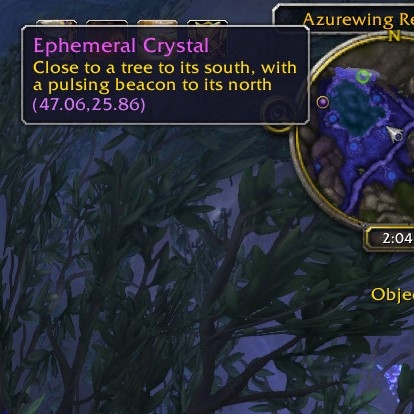

At low Earth orbit (LEO), or an altitude of two 2,000 kilometers and below, you’ll find the majority of Earth observation satellites. Of course, GPS satellites, which operate at medium Earth orbit (MEO) and circle the planet twice a day, are not the only eyes in the sky. Pulling in signals from one or more of these systems, along with a base station at a known position for reference, today’s civilian GPS receivers can now pinpoint your location within 1.5 meters (it had been within an area about the size of a football field in the 1990s). Russia has its GLONASS satellites, the EU has Galileo, and China has its BeiDou system of navigation satellites. And it’s not just the US complement of satellites we can choose from either. Using receivers, however, we are able to pick up the faint waves of these signals as they wash over us. According to astronomer Frank Drake, who made the original calculation, with the additional radio waves beaming down to Earth since then, the amount might now be equal to “two snowflakes … maybe three.” As Carl Sagan once said, “The total energy picked up by all the radio telescopes on the entire planet in all of history is less than the energy of a single snowflake hitting the ground.” That statement was made when he recorded the television show Cosmos in 1980. Operating at bands of 1,227.6 megahertz and 1,575.42 megahertz, these radio waves, when they reach the ground, aren’t audible to any animal on Earth. Humans can hear sound at a range of 20 hertz to 20 kilohertz, but GPS radio signals are much higher than that. Radio signals are very rapid vibrations that our instruments detect with their antennas, which for them are like our ears, but these are not sounds anyone can hear.Ĭook: You steer your ship with sounds you cannot hear from stars you cannot see? The satellites transmit electromagnetic frequencies … radio signals that our equipment uses to determine our position. In their book GPS Declassified, Eric Frazier and Richard Easton imagine what Captain Cook, who navigated with real stars, might think of this modern technology.Ĭommander: We don’t need to see them.
#HANDY NOTE INTO CARBONITE MAPS ZIP#
Orbiting at an altitude of 20,200 kilometers above Earth, each satellite belongs to a constellation of 24-31 GPS satellites at any given time, that zip around the planet at speeds of more than 11,000 kilometers an hour. Each satellite weighs around two metric tons, and with their solar panels stretched out, the largest have wingspans of about 35 meters, or the length of two tractor-trailers. At night, you might occasionally see one of these GPS satellites twinkling in the sky like an artificial star as it reflects the sun.

Air Force and used by about a billion people daily. We are largely unaware of the role satellites play in our lives, but stock markets, telecommunications, jogging routes, drone strikes, local weather forecasts, ATM machines, traffic lights, and food deliveries all rely on this public infrastructure that orbits silently high above us. All of us are synchronized to it and can be traced by our coordinates. And though you cannot see it, the world has been overlaid with a time-and-space grid.

The moment you step outside with your smartphone in hand, you too are a moving dot. In a few short decades, GPS has become so ubiquitous and indispensable it has entered almost every sphere of our lives. What they did not yet know was that he had been struck by a car and killed. It was the final day of the race, and puzzled fans began to wonder why Hall had paused at this critical point. it suddenly stopped moving near the intersection of the Monaro Highway and Williamsdale Road. On March 18, 2017, Hall’s dot was in second place, when at 6:22 a.m. As Belinda Hoare, one of the online trackers, said, “You’d go from checking maybe once or twice a day, to checking a couple of times a day, to checking hourly, and then you’d have the map open constantly … you really did feel like you got to know these people.” Over the course of the race, people began to warm up to the little dots moving about the screen. The GPS live trackers were on board the bikes to ensure that cyclists didn’t cheat, while also providing the fans with live coverage of the riders they were following. Each dot had an athlete’s nametag, and it wasn’t unusual for them to pause here and there, when the athletes stopped to rest, take meal breaks, or go to the bathroom.


 0 kommentar(er)
0 kommentar(er)
